Read in English / 阅读语言 ไทย
![]() 简体中文
简体中文
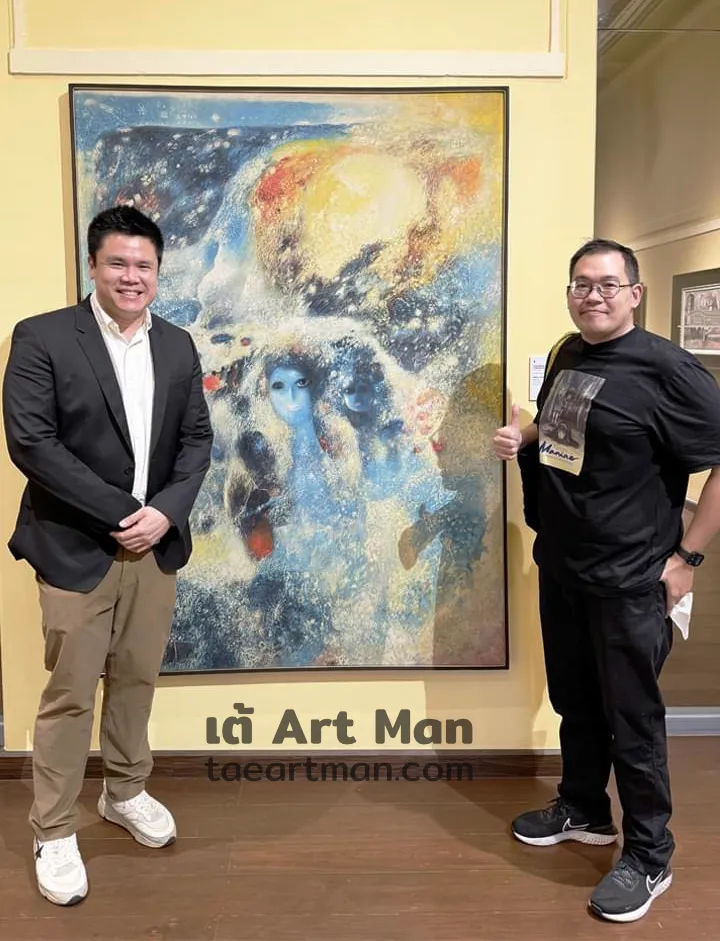
Art collecting has seen a significant surge in popularity across Asia in recent years, with Thailand’s art scene experiencing rapid growth and an influx of new collectors. In an exclusive interview, Piriya Vachajitpan, a prominent Thai art collector and owner of the collection featured in the exhibition “200 YEARS JOURNEY THROUGH THAI MODERN ART HISTORY.” Vachajitpan shares his insights with Tae Art Man on the evolving art landscape in Asia and offers advice for aspiring artists and collectors.
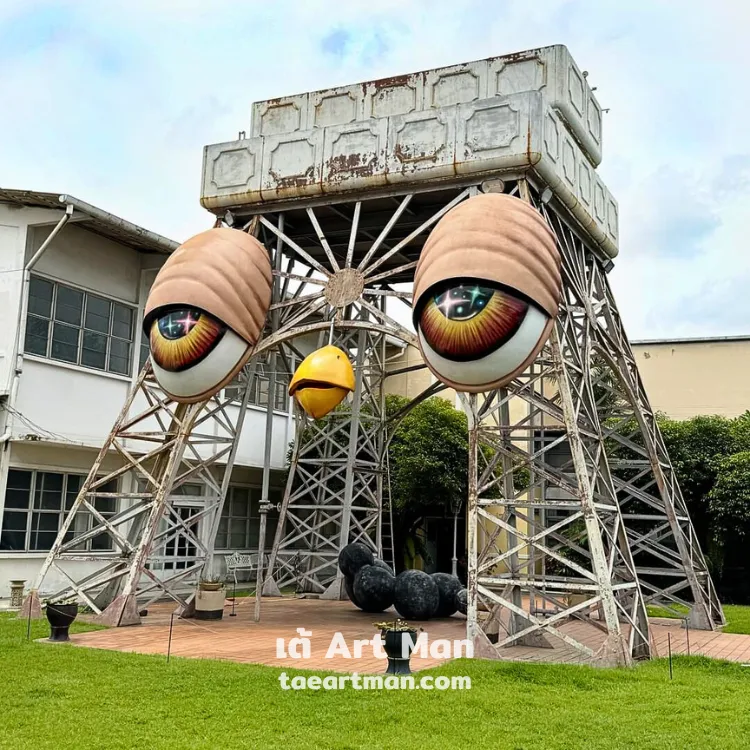
The Genesis of Art Collecting
Tae Art Man: Can you tell us about your first collected piece?
Vachajitpan: My journey into collecting began rather modestly—I simply wanted to fill an empty wall. At the time, I knew international masterpieces were out of reach, so I turned to Thai artists. However, I quickly realized how few Thai artists I could name beyond the likes of Chalermchai Kositpipat and Thawan Duchanee, both of whom had media exposure. Ultimately, I chose a piece by Thawan Duchanee as my first investment. Initially, I wasn’t sure of its value, but over time, as I lived with the piece and make my own research on Thai Art and history, my appreciation grew immensely.
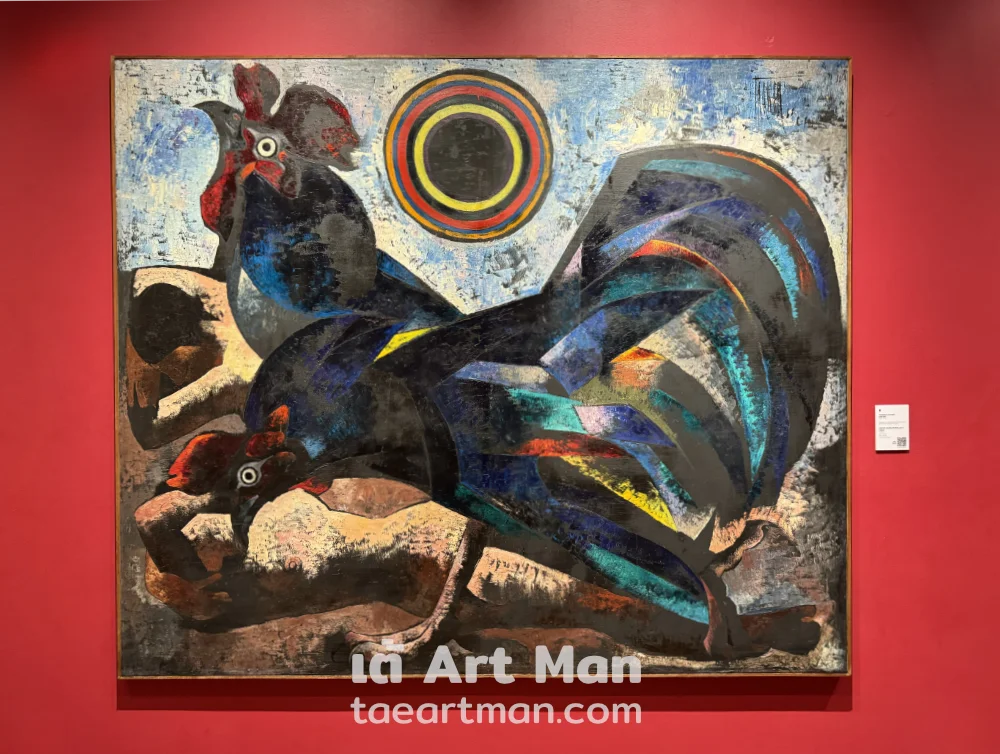
Tae Art Man: How do you perceive the current boom in art collecting across Asia?
Vachajitpan: The growth has been extraordinary. Through my experience managing The Art Auction Center, I’ve witnessed a substantial rise in the number of collectors. At first we sent our auction catalog to around 40-50 clients. Now the number of catalog delivery is 500 per auction round. Our clientele now includes a broader demographic, ranging from old-school collectors to young art enthusiasts. We’re experiencing what I would call a renaissance in Thai art, with unprecedented levels of interest across various segments of society.
Also, I think art toys have played an interesting role in the art circle—they’ve become an entry point for many new collectors who later transition to more traditional art forms like sculpture or painting.
Tae Art Man: Is art toys like a bridge?
Vachajitpan: Yes, a good one.
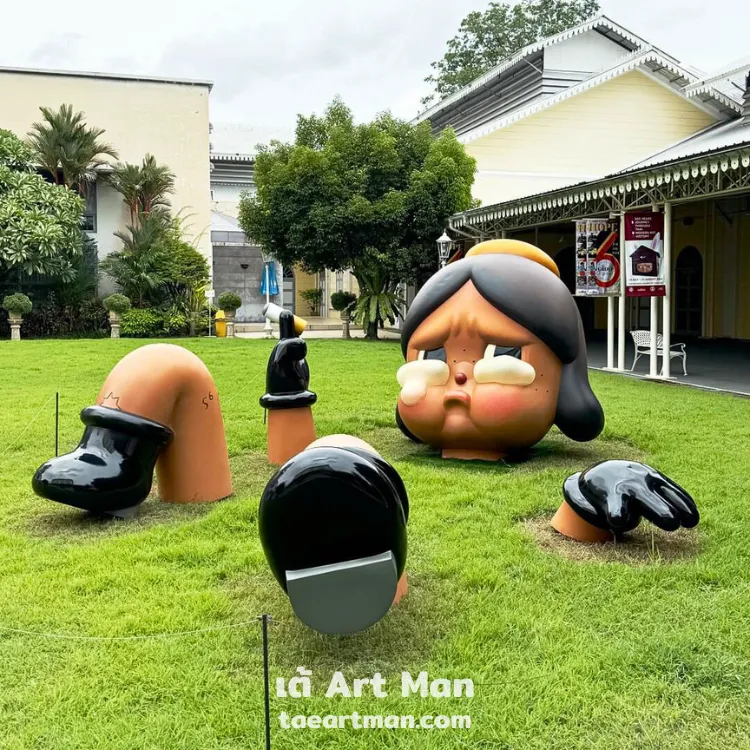
Tae Art Man: Why have you chosen to focus on collecting works by Thai artists?
Vachajitpan: If I were to invest in a globally renowned artist like Picasso, I would likely have to exhaust all of my money—and perhaps even borrow from all of my cousins—just to acquire one of his least-famous works. But with the same amount of budget, I can make a collection of top-tier art from Thai artists. With all the support from the Thai art ecosystem, eventually my strategy will turn the underdog collection into a dragon in the global art scene.
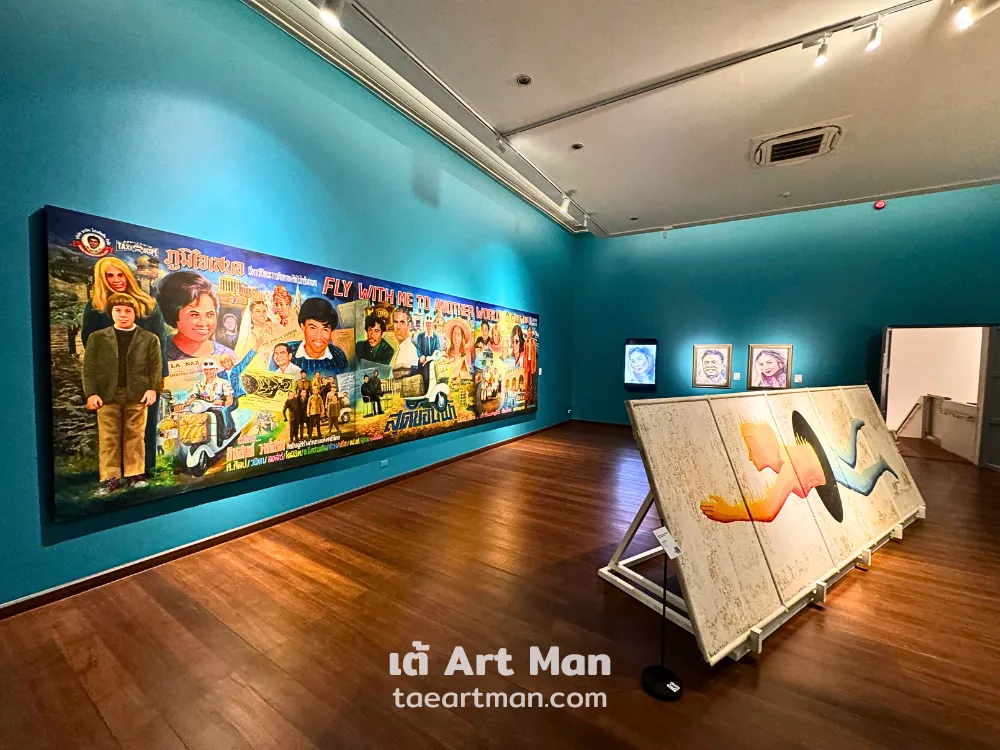
Guidance for Aspiring Collectors
Tae Art Man: What advice would you give to those just beginning their art collecting journey?
Vachajitpan: My key advice is to collect out of passion, not purely for investment purposes. Viewing art solely as an investment can lead to unnecessary stress and take away the joy of art collecting. Instead, focus on pieces that resonate with you personally. Take your time—visit exhibitions, look at art in person, and constantly develop your taste. The experience of seeing art firsthand is irreplaceable, as digital reproductions can’t capture the full essence of a piece. At the point when you see enough artwork, you will automatically know which artwork is right for you.
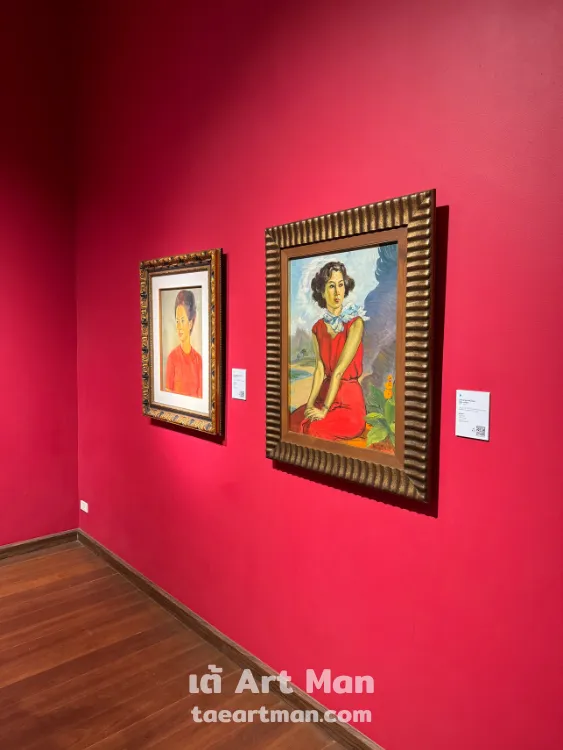
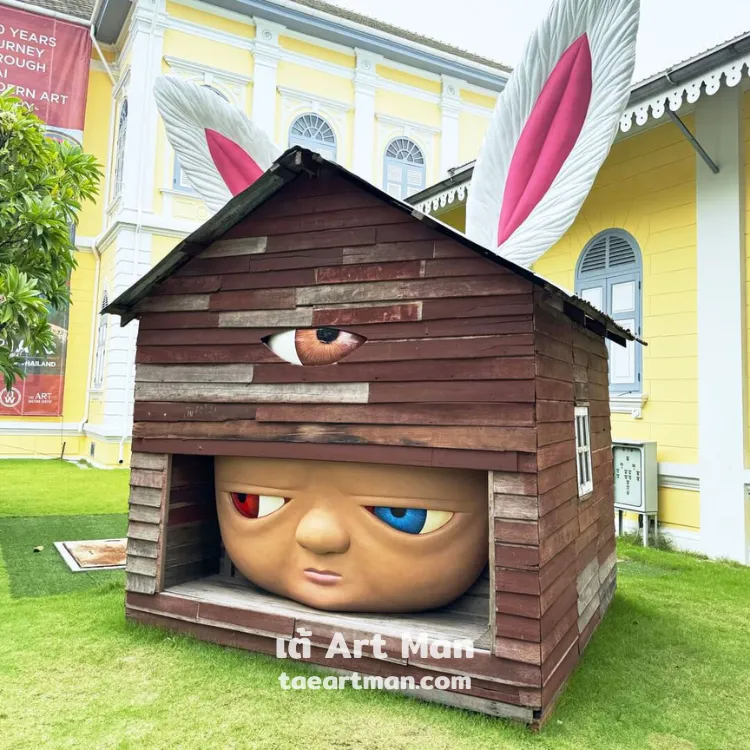
Advice to Artists
Tae Art Man: What should artists focus on to attract the attention of collectors?
Vachajitpan: Just like collectors, artists must first expose themselves to great works of art to understand what is truly exceptional and how it resonates emotionally. Beyond simply recognizing what is good or bad, a great artist must possess depth. It’s not just about being skilled at painting.
When Professor Silpa Bhirasri taught his students in Thailand, he emphasized that to be a great artist, one must have a wide range of knowledge—understanding society, economics, religion, and more. An artist needs to be deeply insightful, and only then can they distill all that knowledge into their work. This depth is what makes people feel whether or not an artist’s work carries true substance.
Another crucial aspect is technical skill. Many new artists dive straight into abstract work without mastering the basics, claiming that’s all they want to do. But when asked to draw something well, they can’t. This isn’t the mark of a truly skilled artist. True masters, no matter how abstract or unconventional their work, can always refer back on strong foundational skills. If you jump straight into abstraction without having mastered the fundamentals, you’re not the real deal.
Today, an artist’s success doesn’t come solely from creating good work. It’s also about the online world and various media platforms. Your work is a reflection of who you are, so the way you present yourself through these channels must align with your art. If your personal image is disorganized, but your work is polished, there’s a disconnect. The artist and the art must be one and the same.
Selling art today is similar to building a brand. That brand revolves around both the creator and their work, which is why image and marketing have become so important.
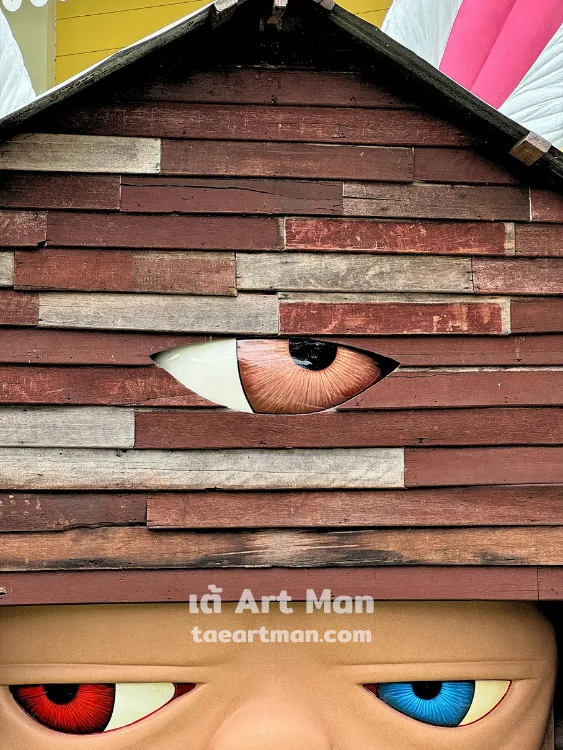
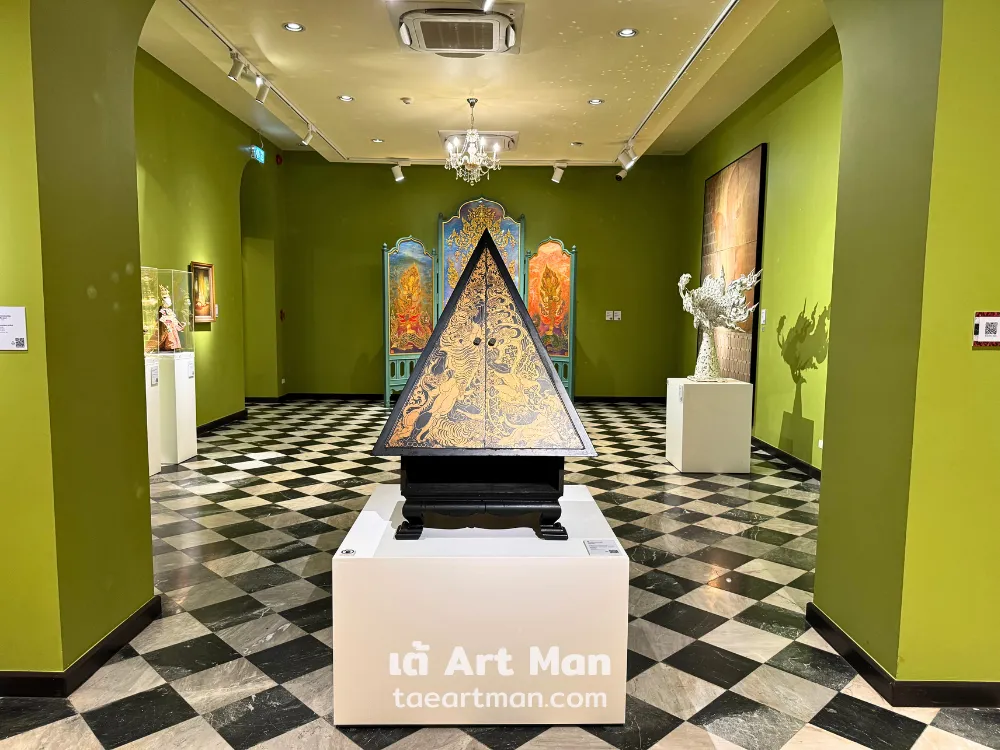
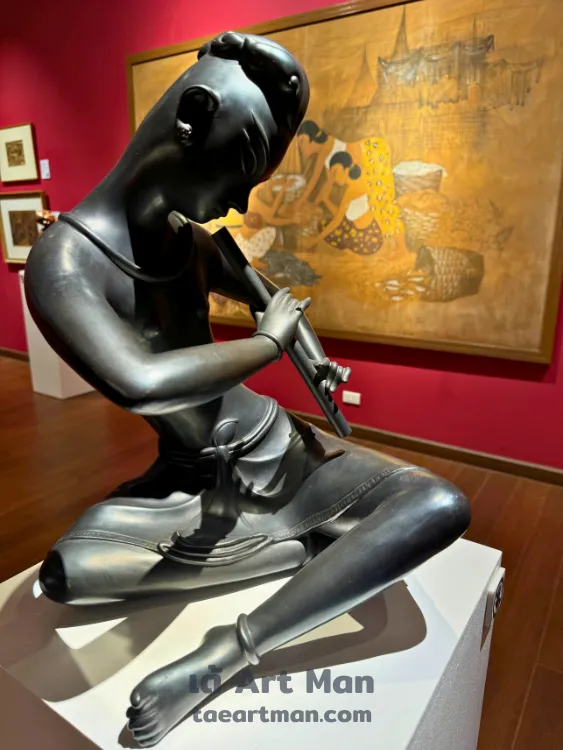
Tae Art Man: Should artists consider being represented by galleries?
Vachajitpan: Absolutely. In the past, artists had to do it all themselves—they had to be skilled not just in creating but also in marketing and selling their work. But today, there are galleries that can handle those aspects. Artists should focus on producing their best, most meaningful work, while letting galleries manage the business side. This division of roles is how the art world operates globally—artists create, galleries sell, and auction houses handle the secondary market. Trying to juggle all these responsibilities as one person is unsustainable and can ultimately hinder an artist’s success.
Tae Art Man: How has art collecting enriched your life?
Vachajitpan: What started as a simple effort to decorate my home has evolved into a profound passion for Thai art history. Art collecting has expanded my understanding of our cultural heritage and given me a deeper appreciation for the evolution of Thai art. Each piece I collect adds to a broader narrative, one that reflects both personal and national identity. One day I realized my collection could describe the timeline of Thai art history’s development, which ultimately led to the creation of the 200 Years Journey Through Thai Modern Art History exhibition, seeking to share this rich cultural legacy with a wider audience.
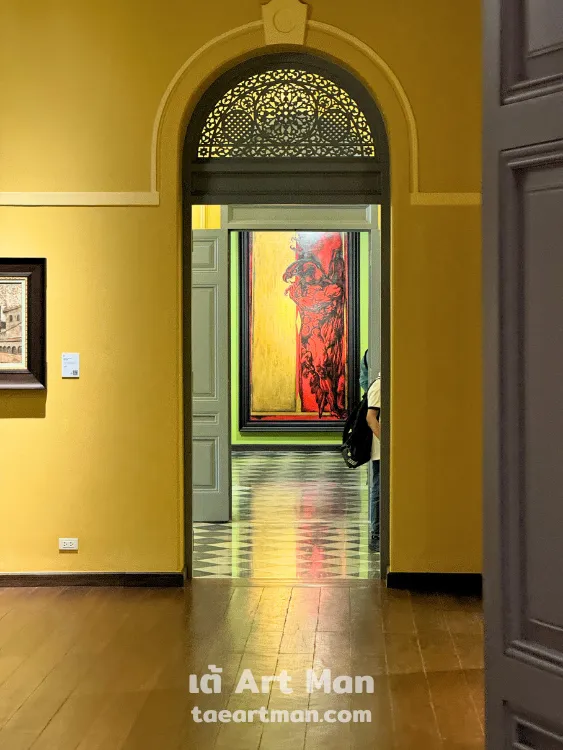

Story: Tae Art Man
Photos: Tooh Athit / Tae Art Man